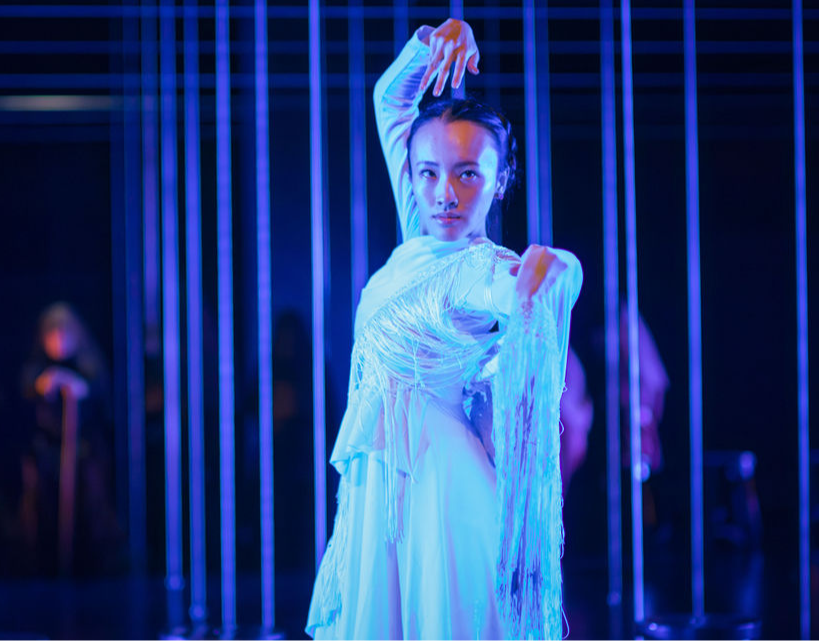We’re excited to introduce you to the always interesting and insightful Kana Seiki. We hope you’ll enjoy our conversation with Kana below.
Kana, thanks for joining us, excited to have you contributing your stories and insights. What’s been the most meaningful project you’ve worked on?
In a short film called, KOI, I played a Japanese character for the first time on screen. KOI, written and directed by Justine Kaneda, depicts an unbreakable bond between two sisters, through grief experienced by one of them after losing her other half. This was a special project to work on since my character was also a dancer and in one of the scenes, I got to dance and improvise as Justine walked around me with the camera. Justine, a dancer herself, captured the sounds, the breaths, and the movement in such a dynamic way that the scene ended up being one of my favorite scenes I’ve ever shot. The scene communicates the character’s quiet sorrow and desperation in a messy yet freeing sequence. It’s such a rare experience to be able to portray both my Japanese heritage and dance background in film and Justine did such an incredible job shooting and editing it. This film was meaningful also because of the people I got to work with. It was a small team but the film was selected at multiple film festivals in NYC and it made me realize that a film doesn’t need a big team or budget in order for it to be recognized. One of the festivals, New York Japan CineFest was a special one to attend especially because I witnessed other beautiful short films unique to our culture. I feel grateful that our film is seen by people at these festivals and it always warms my heart to reunite with the KOI team!

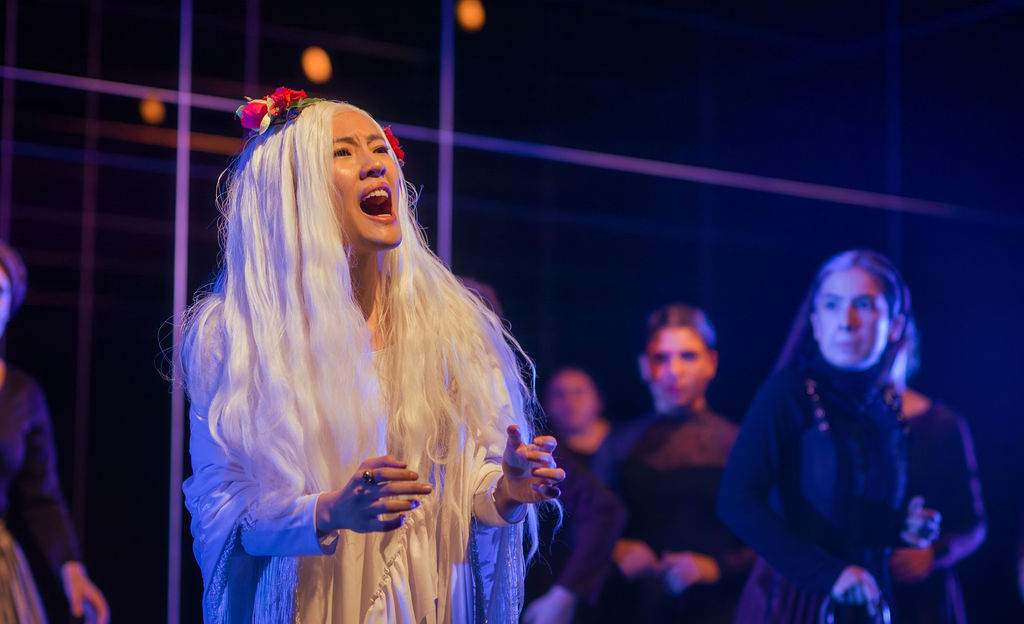
Kana, before we move on to more of these sorts of questions, can you take some time to bring our readers up to speed on you and what you do?
I am a Japanese actor, dancer, choreographer, and costume maker based in NYC. I was born in Osaka, Japan to a non-artist family but to a theatre-lover mother who often took me around to see musicals and ballet. I remember dancing around post-show as I walked through the aisle on my way out of the theatre. I was enamored with the magic of performance. Moving back and forth from Japan to the US shaped my personality, expanded my perspective, and built my resilience. With all the changes around me—including when I went off to be the shortest point guard on my basketball team for years—performing has stuck with me and nothing makes me happier than making art with people I love and admire. It’s just so inspiring :)
As an actor and a dancer whose first language is not English, I am a big fan of storytelling through subtle movements and all the extra elements you can sprinkle on top of the words. There is an expression in Japanese called “ma” which means “in between.” The in-between of each beat and rhythm is only felt and cannot be written down like a symbol. It’s more like finding the nuance of a scene, a character, or the world of a play. Last spring, I played Maria Josefa, a Spanish woman in her 80s from the 1930s, who is passionate about getting married to a handsome man to be happy. I cannot be more different than her as I am a modern Japanese woman in my 20s but finding where “ma” lives within the character helped me embody her through my imagination. For Maria Josefa, the “ma” exists in her swift switches in thoughts and ability to decipher what others cannot. While remembering that her desires are grounded in reality, finding that “ma” in my own body and thoughts allowed me to live in her world.
This sounds very vague and conceptual. In practice, I think it’s helpful to combine this with the Linklater Vocal Method which focuses on finding your breath and natural voice. One of the techniques I found useful is drawing in a breath and releasing it with a particular emotional response. In a world premiere production of Don’t Pitch It, Do It, I played Monica, an immigrant dancer trying to find footing in the States. The play mixed naturalistic scenes with dreamy dance sequences and an imaginary nugget character, which were manifestations of Monica’s deep desires and anxieties. To play these different tones from scene to scene, and in a monologue where she moves from one emotion to another, I had to be keen on my breath and generate those emotions with truth. It’s all very nuanced in the overall performance but specific from moment to moment.
I’m most proud to have built my career from not knowing a word of English, to graduating college in the States studying theatre, and continuing to grow my artistry!
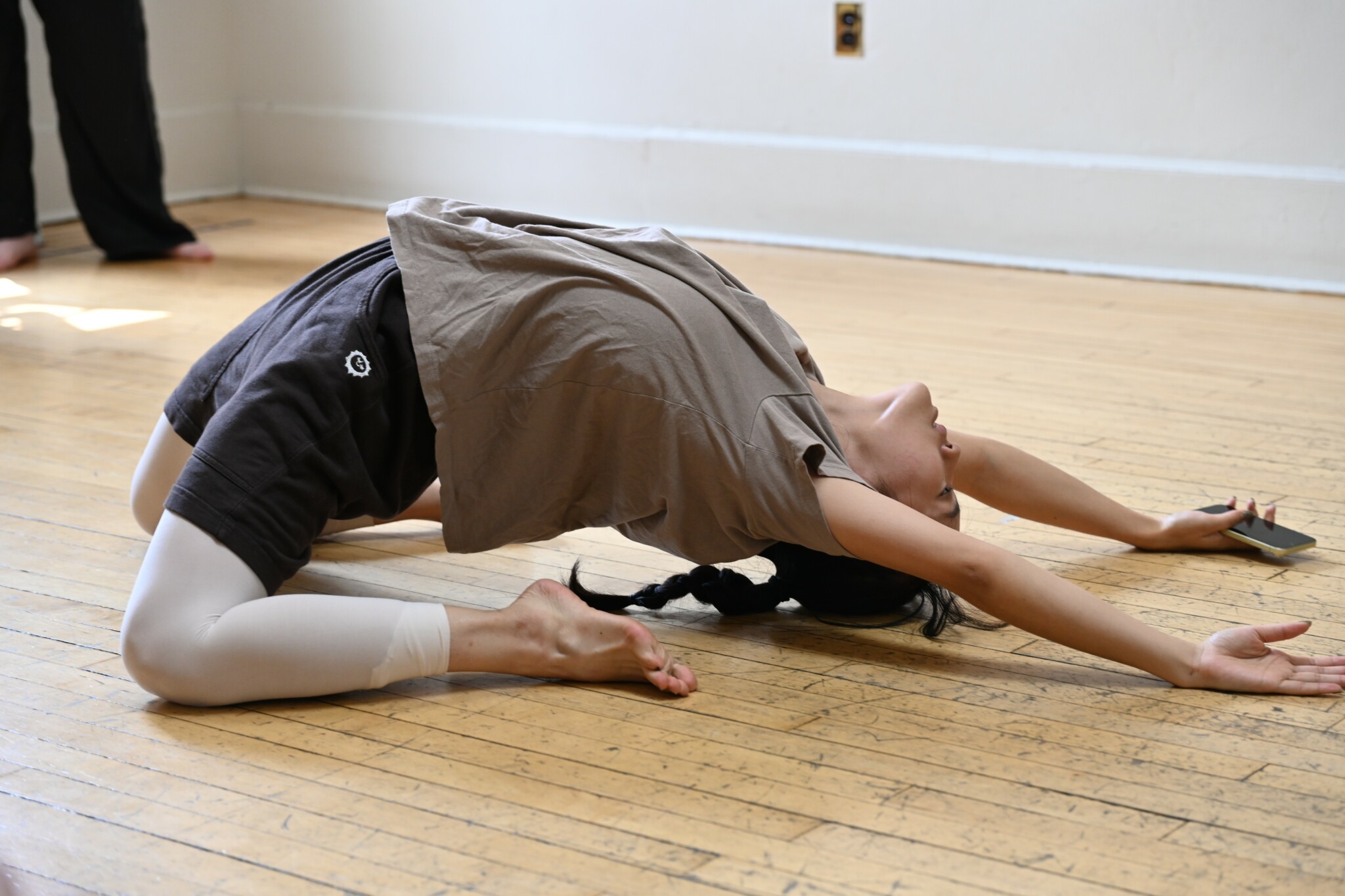

What do you think is the goal or mission that drives your creative journey?
For the last few years, I have been interested in the exploration of “language,” “fabric,” and “home” in artistic spaces. Two recent projects I’ve created were inspired by these themes. One called Inside Love, a four-person multilingual movement piece about love languages, furthered my passion for multilingual theatre where you get to closely pay attention to the movement and the feeling of the words since you don’t necessarily understand the language. I have an ever-changing relationship with bilingualism depending on how much I speak one language over the other at a given time. Since I’m mostly trained in English for acting, I’m a little bit careful when it comes to using Japanese in art. At the same time, there are so many nuances and sensitivity specific to Japanese films/art that I’d want to explore more. Another project was Momiji, Ume, Nami: inheriting and reimagining the past of Japanese women in my family, where I explored my grandmother and mother’s childhood through poetry, movement, and garments using Japanese fabric. This project allowed me to realize that fabric is a big part of my artistic expression especially because the women in my family all sew and make garments for their loved ones. Currently, I work as an assistant to the patternmaker at a Broadway costume shop on shows like Moulin Rouge, &Juliet, and Lion King. Learning to be precise on delicate costumes like satin corsets and dresses increased my sensitivity toward how fabric communicates a story (even if it’s seen on stage for under three minutes). It shines and elevates the performers in ways nothing else can. I am sure dealing with fabric in any way will continue to be a core part of my artistry.
“Home” can contain many meanings and possibilities for everyone. Never having lived in the same place for more than maybe four years in my life, I have been searching for what I attach the meaning of home to. One of the moments that feel closest to home is when I see snippets of my experience reflected in a show or on screen. I want to make that experience happen for both the artists creating the production and the audience watching it. Although what I create will be specific to my experience, I hope that there is universality, especially within the Asian community in my works to bring a snippet of home for others. I have also been seeing an increasing number of Japanese/Japanese American artists who are sharing Japanese stories that are not stereotypical. The award-winning show, Shogun with Anna Sawai and Hiroyuki Sanada does a beautiful job of portraying authenticity and the art of translation. The choices of words in translation and Anna’s delivery were so intriguing and at times, humorous. However, popular media is still a difficult terrain to tell real stories about our community. I hope to be part of paving a path for more Japanese artists in powerful and authentic Japanese stories with other Japanese artists in the country. I just know there’s so much we can contribute to healing the world and ourselves.
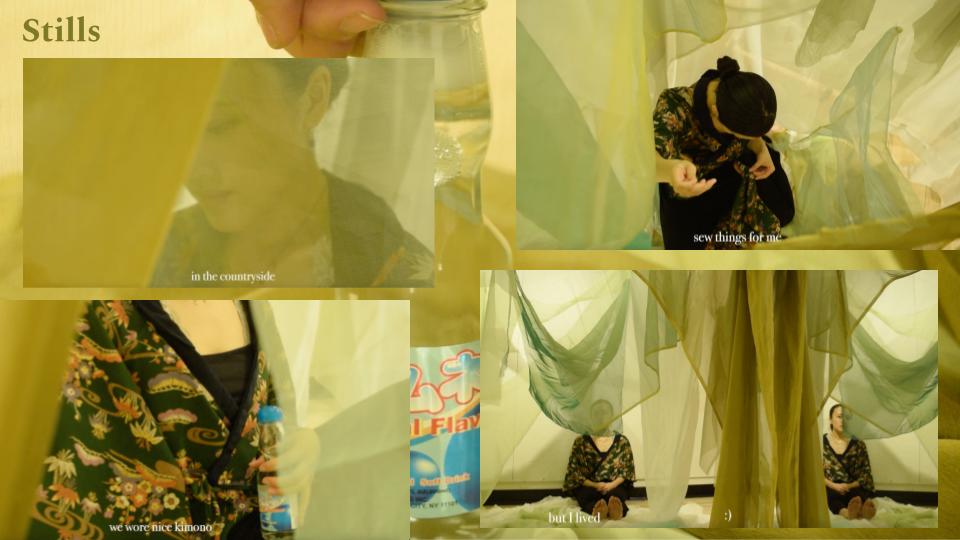

What do you find most rewarding about being a creative?
As much as I love exploring the inner life of characters I play and making a Spotify playlist for each of them, the most rewarding part is the people I meet and connect with in the process. I have been lucky to be surrounded by incredible artists throughout my career. For the last two years, I have performed with 46 Minutes Collective’s The DECAGON Project, an immersive dance theatre piece that explores the performer-audience dynamic and the concept of “chance” while attempting to make a real connection. The show involves lengthy improvisation while listening to the audience talk and it takes a lot of trust within the company to welcome connection with each other and with the audience. The 46 Minutes team always strives to create a safer space to play and grow and while working with them, I have learned to be more grounded in my body and to open up to others. One moment stuck out to me at our NYC show when an audience member passionately talked about a pen(?). I received the speed and cadence of their speech and expressed them through movement, matching their wavelength. Even though we were not directly communicating with each other, I felt that there was a connection and it felt quite powerful to receive someone’s energy in that way. This piece specifically focuses on the energy exchange between the performers and the audience but live performances of any kind share a similar feeling. I love being in the same space as my fellow castmates, just living and breathing together in the world of the show and also receiving the audience’s energy that changes with every performance. I’m grateful to have found these communities that I will cherish forever and it is so exciting to see them continue to mix and expand. My peers are developing new, engaging, and bold works and I simply cannot wait to see where our artistry will take us over the next decade.
Contact Info:
- Website: https://www.kanaseiki.com/
- Instagram: https://www.instagram.com/orangekanas/
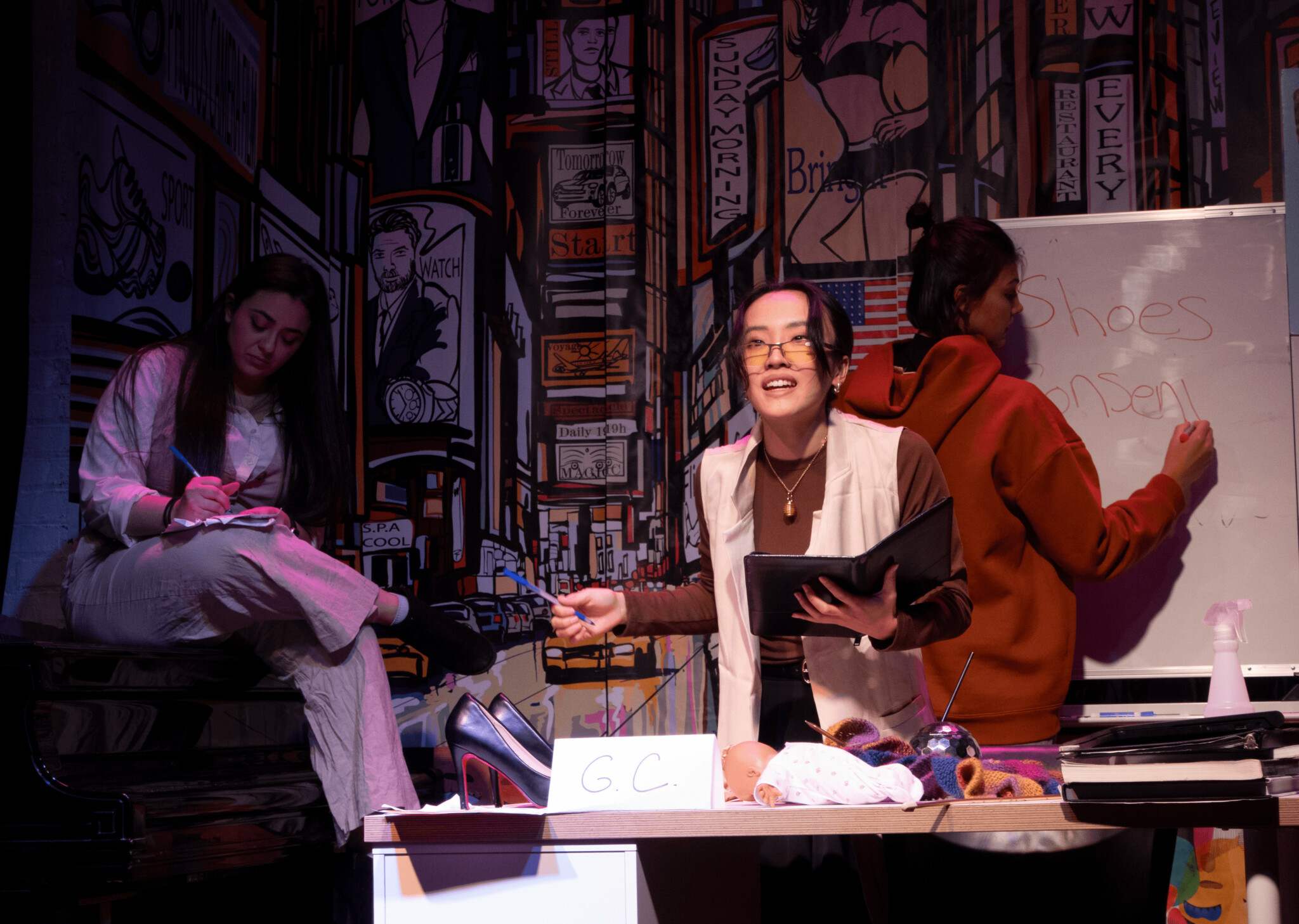

Image Credits
Justine Kaneda
Cason Doyle
Yonglin Ye
Qingru (Starry) Wang
Nicole Stern
Ni Ouyang


